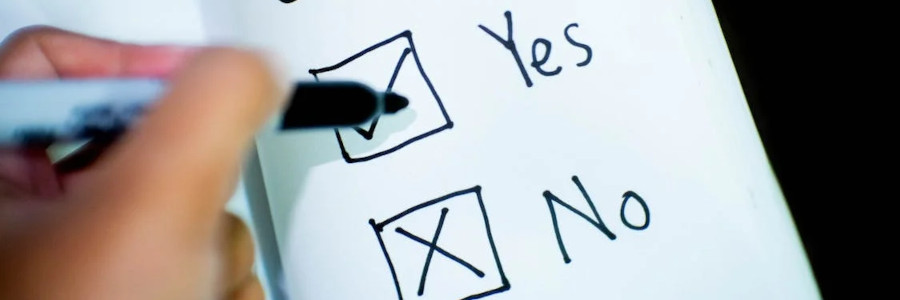 It's World Usability Day
It's World Usability Day
Here are several methods you can use to understand what works and what to improve in your project.
November 9 is World Usability Day. From the World Usability Initiative, the reason we celebrate this day "is to connect the Human-Computer Interaction (HCI) and the User Experience (UX) community and everyone who believes that great design is inclusive and usable by all."
My primary job isn't usability testing, but I have worked in usability testing as an academic interest. I first developed an affinity for usability testing during my Master's program, about ten years ago. I was so engaged in usability testing that I combined usability testing with my longtime work in open source software, as the basis of my Master's capstone thesis project: usability themes in open source software. Since then, I have led and mentored usability tests in open source software projects, particularly with the GNOME Project and Outreachy.
Alice Preston described 11 types of usability methods in the STC Usability SIG Newsletter (04-01). That article is no longer available online, but I wanted to highlight several methods Preston outlined, from my notes:
- Formal usability test. Using a stable product, an animated prototype, or even a paper prototype, test a reasonably large number of subjects against a controlled variety of scenarios.
- Paper prototype test. A step up from a paper prototype, using some type of animated prototype with realistic scenarios.
- Focus groups. Often used in marketing well before there is any kind of prototype or product to test, a facilitated meeting with multiple attendees from the target user group.
- Heuristic review. Using a predefined set of standards, a professional usability expert reviews someone else's product or product design and presents a marked checklist back to the designer.
- A-B testing. A comparison of two products, or two versions of a single product, with careful statistical balancing.
- Questionnaires. Ask testers to complete a formal survey, or other matching questionnaire.
Anyone can perform usability testing. You don't need a fancy, formal lab to perform a usability test; you can do testing anywhere. We gain valuable insights just by watching someone else use the product and taking notes about what they do and what they say. This observation exposes issues and weaknesses that can be improved for a successive iteration of another usability test, to arrive at a successful design that works for most users.
